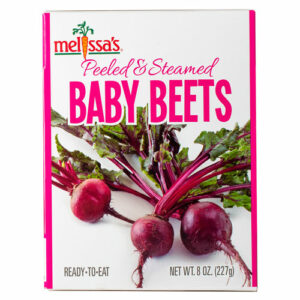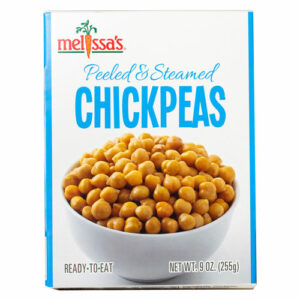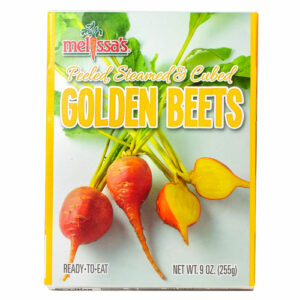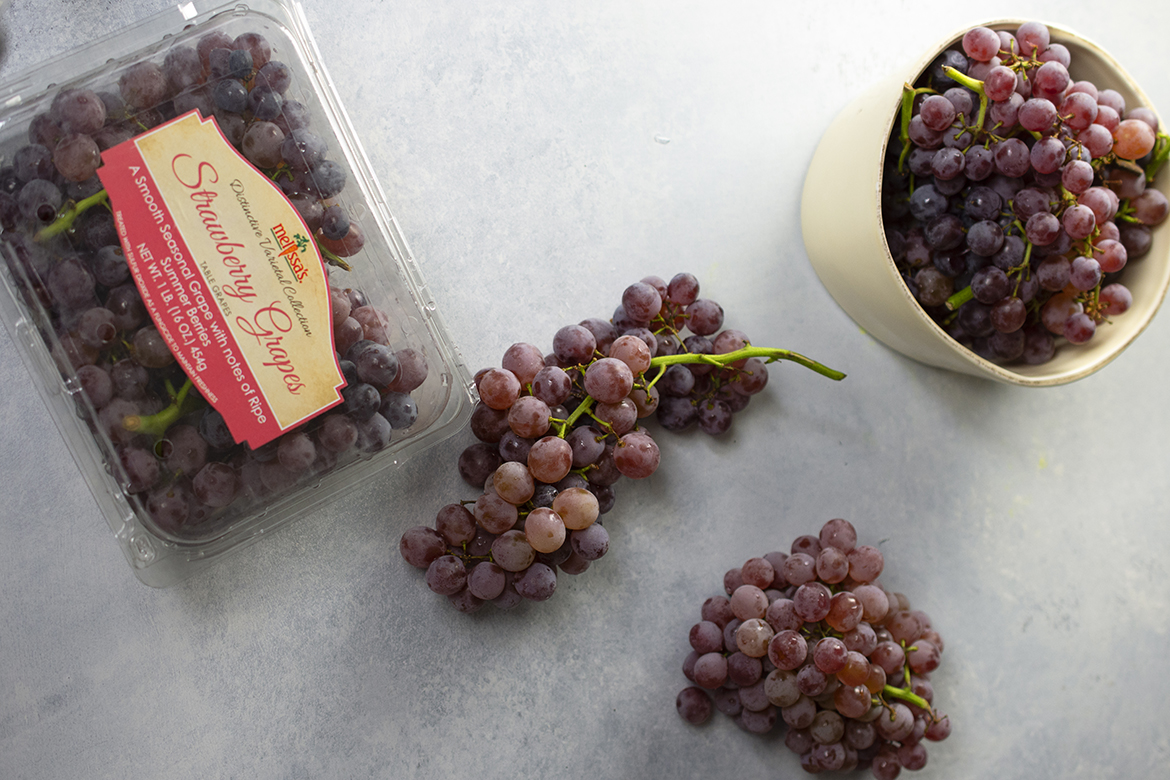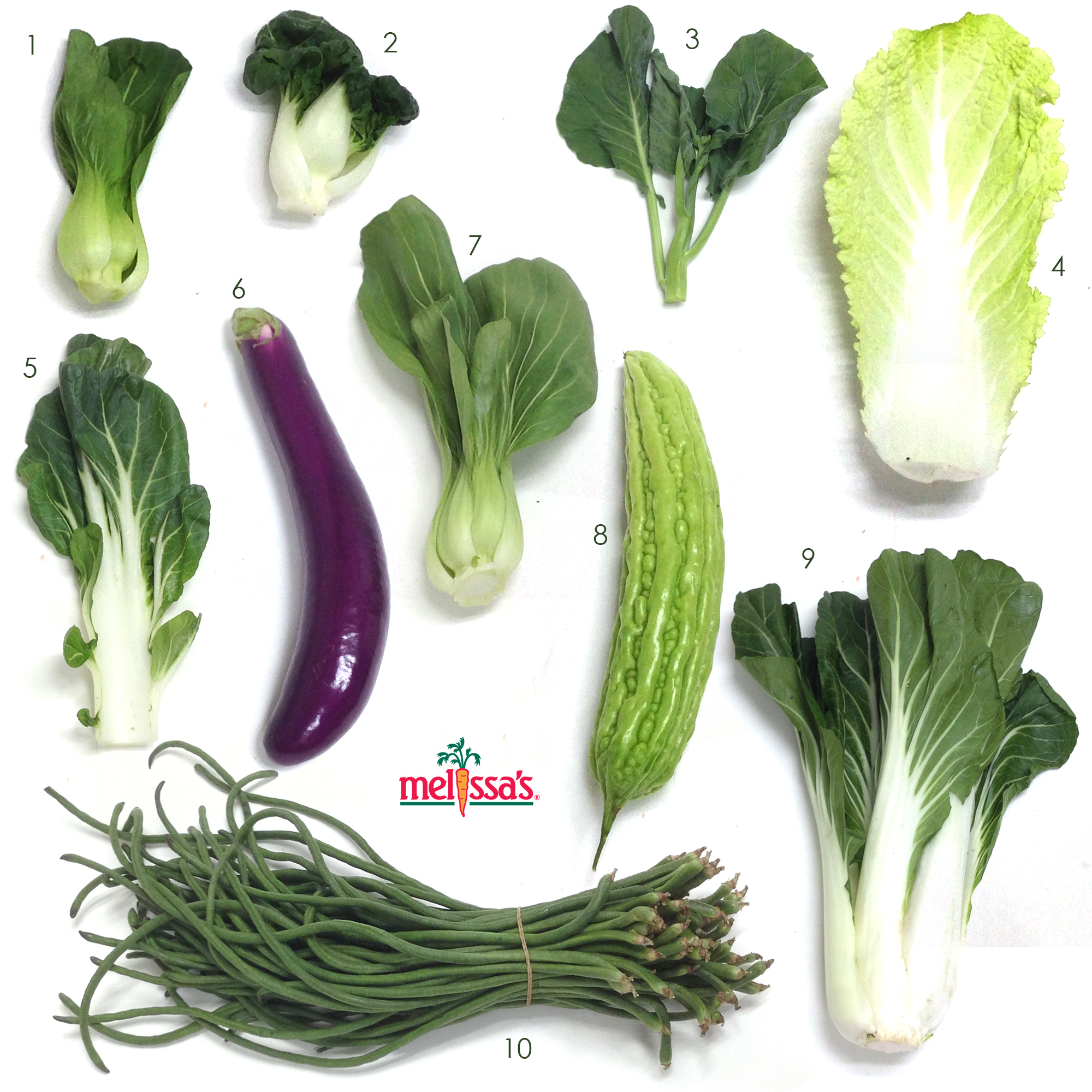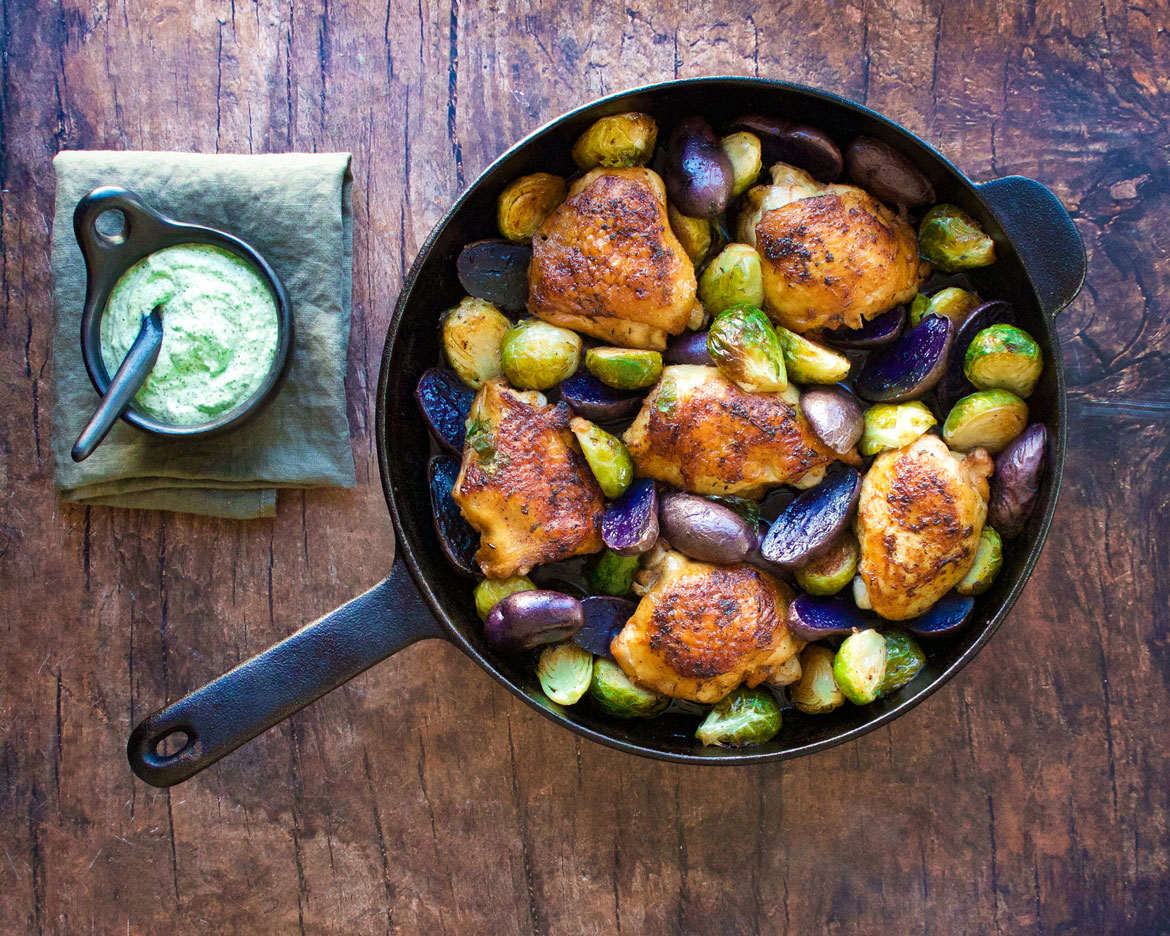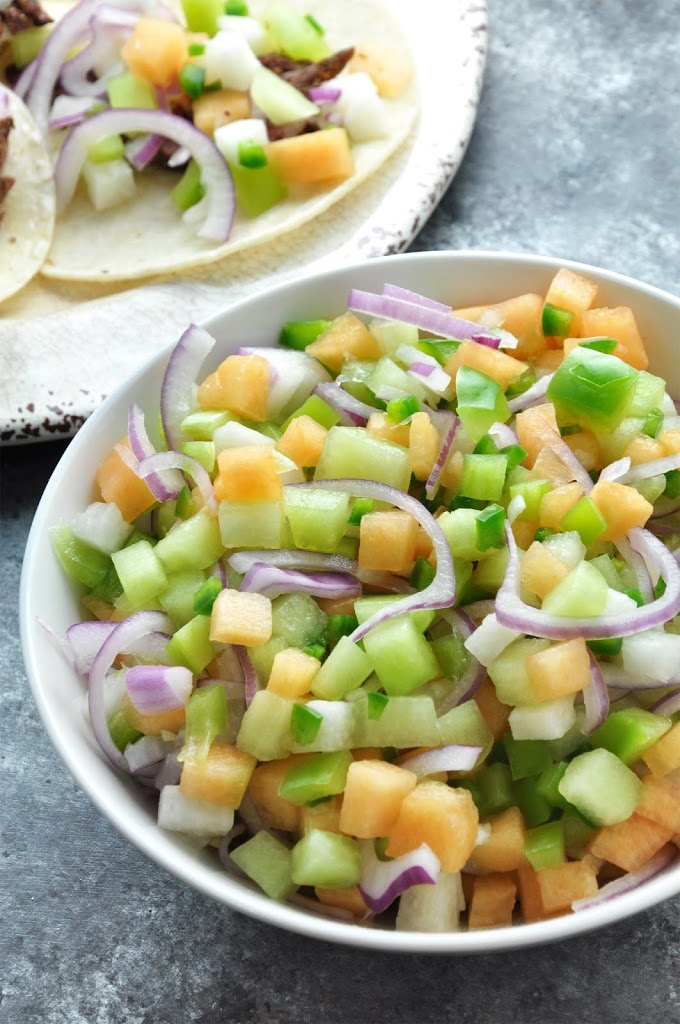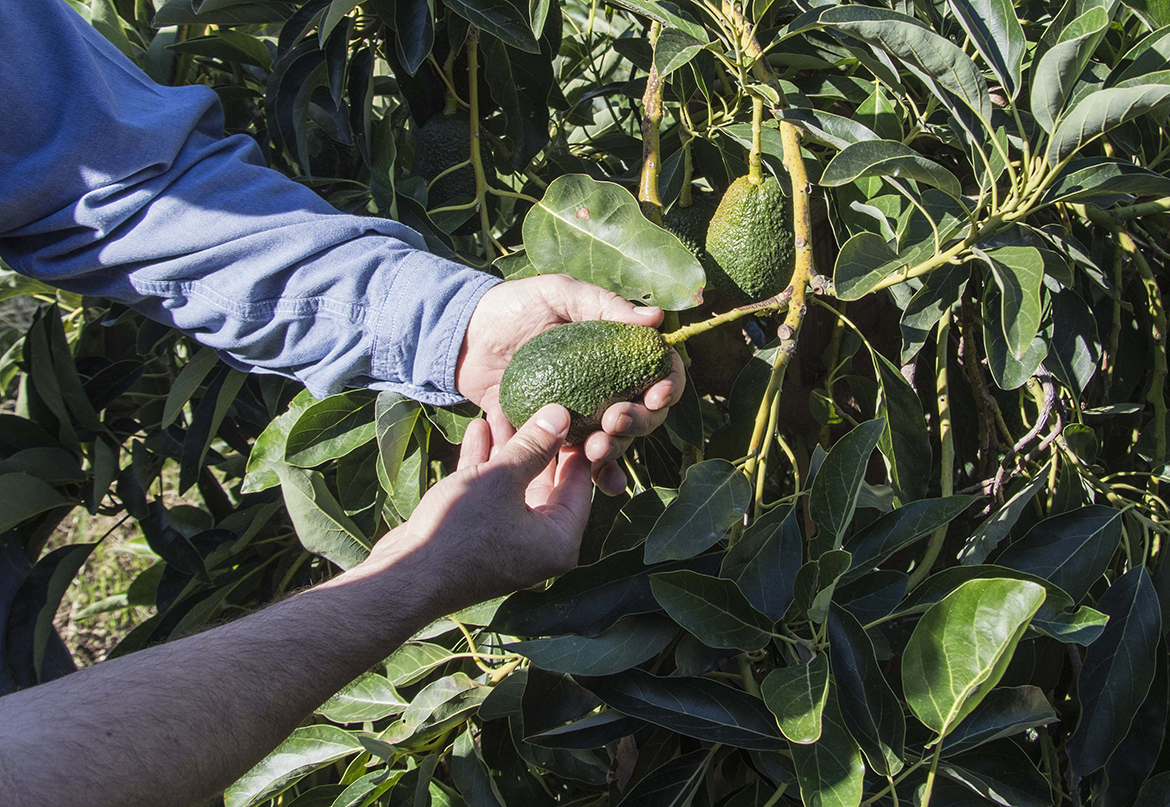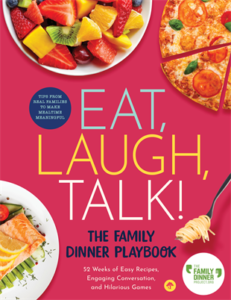
According to “Eat, Laugh, Talk: The Family Dinner Playbook,” and 20 years of research, “Regular family meals lead to long-term benefits, including higher resilience, self-esteem, grade-point-averages and lower rates of substance abuse, teen pregnancy, eating disorders and depression.” This playbook comes from The Family Dinner Project, a Massachusetts General Hospital Psychiatry Academy-affiliated nonprofit that understands the importance of what takes place beyond the meal during dinner. Not only does this playbook provide recipes the whole family will love, but fun game ideas and conversation starters take the book from your ordinary cookbook to a playbook. The result? Dinner feels less like detention and more like quality time that everyone around the table can appreciate. Anecdotes from real-life families in the book not only are inspiring but shows us that we are not alone in the quest for getting more out of family mealtime. We caught up with Shelly London, one of the co-authors from the book, to get more insight into how this great idea came together. London gives insight into what you’ll find in the book, along with some tips you could even start implementing tonight!
Q: For those that are unfamiliar with The Family Dinner Project, can you share about what makes this organization so special?
Shelly London: We have a multi-disciplinary team with real-world, practical operating principles. Our team members have come from varied personal and professional backgrounds, including education, family therapy, research, food, social work, marketing and communication. With nonprofit partners and local champions, The Family Dinner Project team works online and at community events to help families increase the frequency, meaning and long-term benefits of their shared meals.

Q: Can you talk a little bit about the science behind family dinners?
SL: More than 20 years of research shows what parents have known all along through their own experience – regular, engaging family dinners are one of the most important things that parents can do for their kids and themselves. There are proven physical, social-emotional and academic benefits.
Q: Who helped make the playbook for dinner time?
SL: The author of this book is The Family Dinner Project, a 10-year-old nonprofit initiative that’s become a national authority on family dinners and is regularly featured in national media. Five team members are co-authors: Lynn Barendsen; Brianne DeRosa; Anne K. Fishel, PhD; Shelly London and Cindil Redick-Ponte.
Q: The book promotes recipes that offer customization. In a household of picky eaters, I’m sure the eyes reading this interview just perked up. What are some customizable recipes from the book that people can get excited about?
SL: In the book, we share dozens of family stories of how to overcome challenges like picky eaters. For example, Andrea and Matthew were tired of dinner table battles with their preschoolers, so they started what we call “build your own dinners.” They laid out options, and kids choose. Other people tell us that they use this “build your own” approach with taco night, salad bars, pizza, sandwiches, or even basic rice soup. No more making separate meals for everyone.
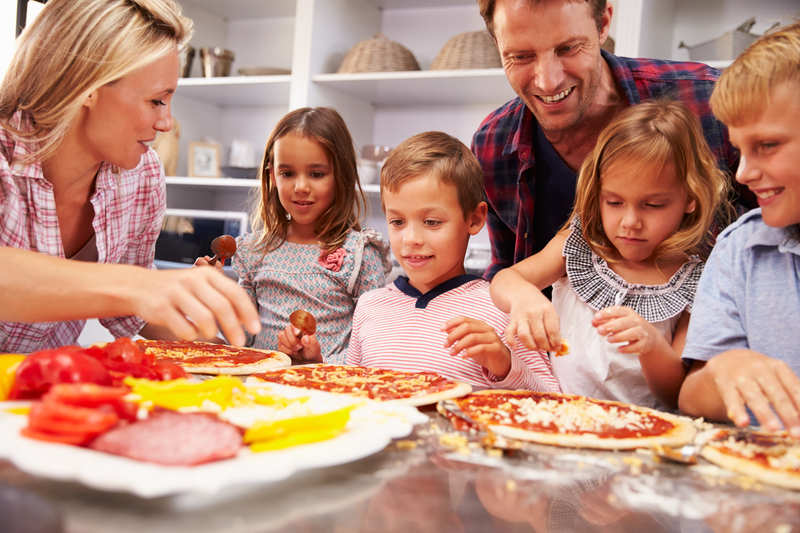
Q: What are some family-friendly ways that “Eat, Laugh, Talk!” presents produce in the book?
SL: One very popular and versatile approach is the salad collage (page 204) – just put out a range of salad ingredients, such as lettuce leaves, carrots, avocados, cherry tomatoes, bean sprouts and any other fresh vegetables, as well as fruits, nuts and seeds. Instruct kids to wash their hands and then create pictures with whatever fixings they want. Kids can make faces, flowers, houses, animals, rocket ships, whatever! There’s only one rule – anything you create you have to eat! The book also contains several different fun ways to present fruit as the basis of dessert, such as making fruit sushi rolls, fruit sundaes, apple nachos, and using family-friendly dipping ideas like peanut butter caramel sauce.
Q: How do you get people to try new ingredients during dinner?
SL: The best way is for adults to model their own enjoyment of the food. Most kids like the familiar – that’s why babies will smile when they eat something they slurped in utero. That’s why nutritionists recommend the rule of 15 – that is, presenting the same food at least 15 times before giving up. Parents can pair a familiar food with a new one, like adding peas if carrots are already old friends. Or adding a food that is the same color as a favorite food, like introducing roasted squash if your child already likes roasted carrots. We also learned another way from a parent at a community dinner – ask your child to offer three words to describe a new food. This takes your child’s attention off rejecting it and slows the response down to consider what it tastes like – slimy, sweet, greasy, peppery, salty. We also find that getting kids involved in menu planning, cooking and grocery shopping can make kids more adventurous. We know that kids who pick fruits/veggies in recipes/at the store, or who help prepare them are more likely to try them.
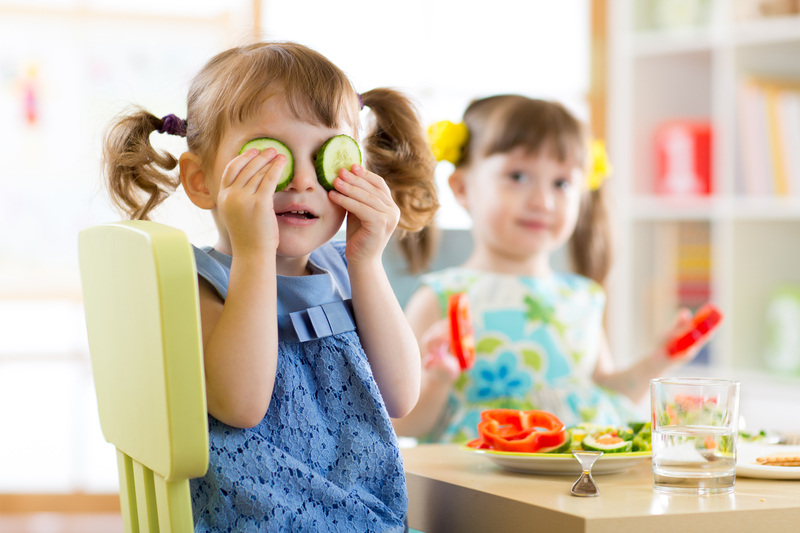
Q: What types of veggies would you recommend that work for all ages?
SL: You can readily adapt our antipasto kebabs (page 123) to use any veggies that your kids like. The act of making the kebabs will encourage the eating of what is skewered on. Most kids seem to enjoy vegetables that are roasted at high heat in the oven, which brings out their natural sweetness. Carrots, hunks of squash, florets of cauliflower and broccoli, fennel, peppers, asparagus – all respond beautifully to being smeared with olive oil and seasoned with salt and pepper, then roasted in a 425-degree oven. See page 106 for roasted asparagus or page 64 for roasted broccoli. As a bonus, when kids are involved in touching or playing with food, like smearing veggies with olive oil, research has shown an association with being more open to trying new foods. You also can create a kid-friendly kale veggie dish by roasting kale, and, voila – you have kale chips.
Q: I loved the family dinner for week nine that promotes planning for success. What are some produce picks you would recommend that families can prep ahead for a busy week?
SL: Prepping ahead is so essential to making family meals happen during busy weeknights! If you’re planning to roast vegetables as a side dish or as part of an easy main (like our recipe for One Pan Pesto Chicken and Veggies, page 38), you can peel, trim and chop a few days in advance. Veggies like Brussels sprouts, broccoli, sweet potatoes and winter squash will survive well in airtight containers in the refrigerator. Our Dilled Cucumber Salad (page 35) is really sort of a quick pickle, so you can keep a jar on hand all week long, and it will just improve in flavor as it sits. And you can definitely dice or slice onions and bell peppers ahead of time and store in the fridge, or even the freezer if they’re going to be used in a cooked dish like a stew or chili. Slicing up peppers and onions on a Sunday means you’ll be able to make our Quick Trick Chicken Tacos (page 57) even faster on Taco Tuesday!
Q: Are there certain Melissa’s items you’d recommend for planning ahead?
SL: If you’re planning ahead, Melissa’s Steamed Line is a great way to get ahead of the game. The steamed lentils would be a fast fix for our Lentil Sloppy Joes (page 46), and if you’ve got the steamed chickpeas on hand, you’re ready to make our fallback meal suggestion of pasta with chickpeas and tomatoes. You could also use the steamed butternut squash to shave some prep and cooking time off of our Butternut Squash and Pear Soup recipe (page 97). And, of course, if you’ve got the cooked quinoa on hand, it’s easy to throw together our Quinoa Salad (page 57) with whatever your favorite produce additions might be.
Q: Week 20 in the book is all about reinventing leftovers. Do you have any tips for families on how to reinvent leftover veggies?
SL: You can swap out the squash and pear in the soup recipe on page 97 and substitute a lot of leftover veggies, like carrots, sweet potatoes, asparagus or beets. You can also adapt the chicken and lentil soup recipe from the book to use up any vegetables you have on hand. It’s very forgiving! Or, you can do leftover veggies in the Baked Veggie Quesadillas recipe on page 146 or in the Quick Trick Chicken Tacos on page 57. On page 143, we suggest making a Do-It-Yourself Salad Bar for an interactive family dinner. Recipes like these are a prime opportunity to use up any leftover veggies you have on hand! Whatever’s in the refrigerator can be set out in individual bowls for people to toss into their personalized salad creations.
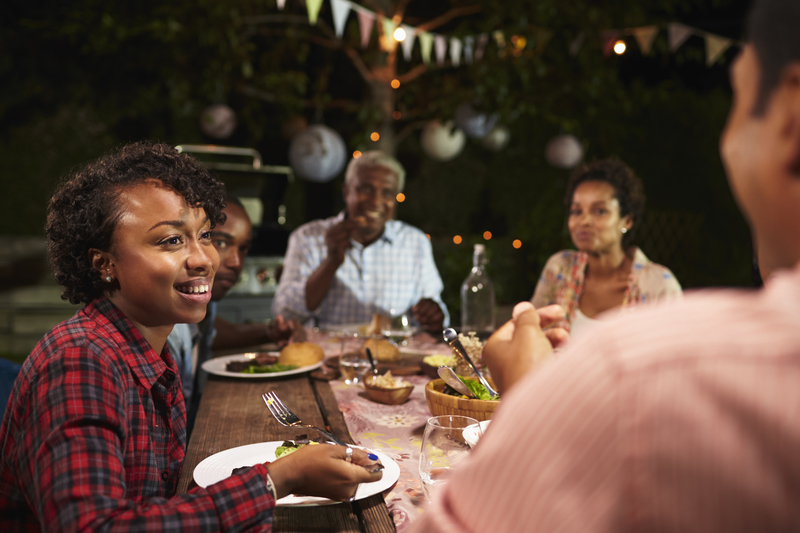
Q: Conversation is a vital component of the book. What’s the recipe for good conversation at the dinner table?
SL: As Dr. Anne Fishel, a family therapist and one of our co-founders, notes in the introduction that the benefits of dinner depend on a warm atmosphere at the table that gives everyone a chance to talk, be heard and feel accepted. She says, “Dinner shouldn’t feel like detention.” Conflicts about food, tensions about gadget use, and over-vigilance about manners can all cause discord. You can establish a ground rule at the table to “stay away from the bummers.” It’s better to discuss topics like grades and messy rooms on a full stomach without an audience. Keep the dinner table as a refuge for the whole family. When tensions start to rise, you can ask everyone to hit the pause button as Anne suggests: “Bummer alert! Let’s talk about something else!” In the book, we have 52 weeks of conversation starters and many more on The Family Dinner Project website.
Q: What are some great resources for people who want to incorporate more family games into their dinner routines?
SL: In the book, we have 52 weeks of fun and many more ideas on our website. Games, particularly non-competitive ones, can jump-start conversation at the table and give kids and adults a chance to relax and have fun. Some games offer an alternative to asking, “How was your day?” For example, in Two Truths and a Tall Tale, players tell three stories, two about the day and one that’s made up. Everyone guesses which one is fictional. Some families find that music helps create a light, fun atmosphere during dinner preparation and the meal itself. You can make a game out of creating a family playlist. You can also make this activity a bit more challenging by picking only songs that are food-themed, or by choosing songs that all contain the same word (“love,” friend,” “home,” etc.). Besides games, some families like to create fun traditions that lighten everyone’s mood. Upside Down and Backwards is one example. For example, have breakfast at dinner: Dress in your favorite pajamas and eat pancakes, cereal or eggs. Bring stuffed animals to the table, or have dinner in bed. Or, if you’re feeling really wild, try an occasional dessert before dinner. You can make your own Upside Down and Backwards tradition.
Q: For foodie families, what would you say is the most adventurous recipe in the book that showcases produce the best?
SL: The beauty of our recipes is that they’re all quite easy to make. That said, the Butternut Squash and Pear Soup (page 97) uses produce that marries fruit and vegetable in a way that may be new to families. It could open them up to other pairings of fruit and vegetables in soups like broccoli and apple, or cauliflower and orange!

